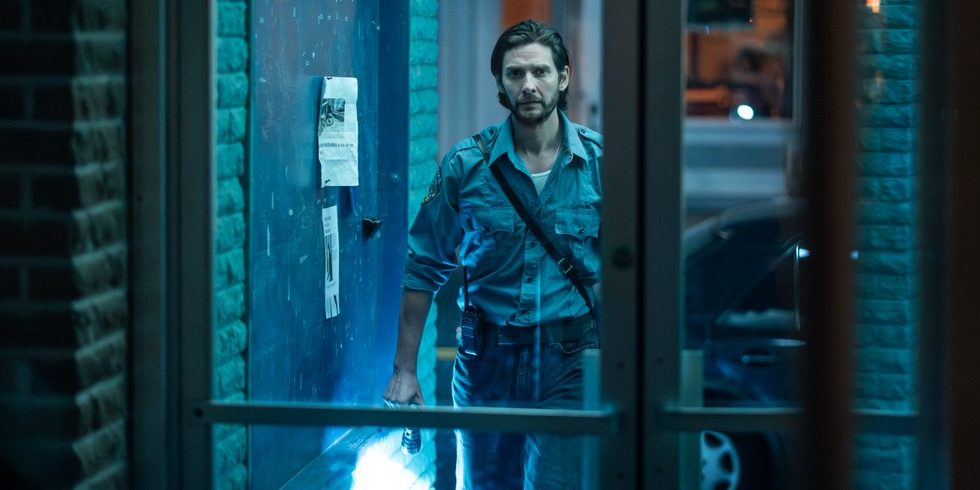MGM+’s ‘The Institute,’ created by Jack Bender and Ben Cavell, is a psychological drama series that follows the life of Luke Ellis, a teenager who has mild telekinetic abilities. His parents are murdered discreetly by intruders, and he finds himself trapped in a room that looks similar to his own, at a secret facility called The Institute. At the facility, he learns that there are other kids like him with telepathic and telekinetic abilities who are also forcibly brought in to be experimented on, to unlock their powers and use them as potential weapons. The show delves into themes of morality, power, supernatural abilities, institutional corruption, friendship, and secrecy.
The Institute is a Novel Adaptation that Takes Inspiration From Real Events
‘The Institute’ is based on Stephen King’s eponymous novel and mostly remains authentic to its source material. The creators utilized elements from the book to produce the core plot points, setting, and the ideas explored in the show. A significant real-world incident profoundly influenced Bender’s approach to the adaptation. In an interview with SciFiNow, he talked about the Parkland school shooting that occurred on February 14, 2018, and observed that he watched the adolescents who survived the tragedy evolve into politically aware individuals. Furthermore, he mentioned how the survivors stood up for what is right. This sentiment is captured vividly in the show, as kids who are experimented on try to fight as one against the institution that abused their bodies and minds.
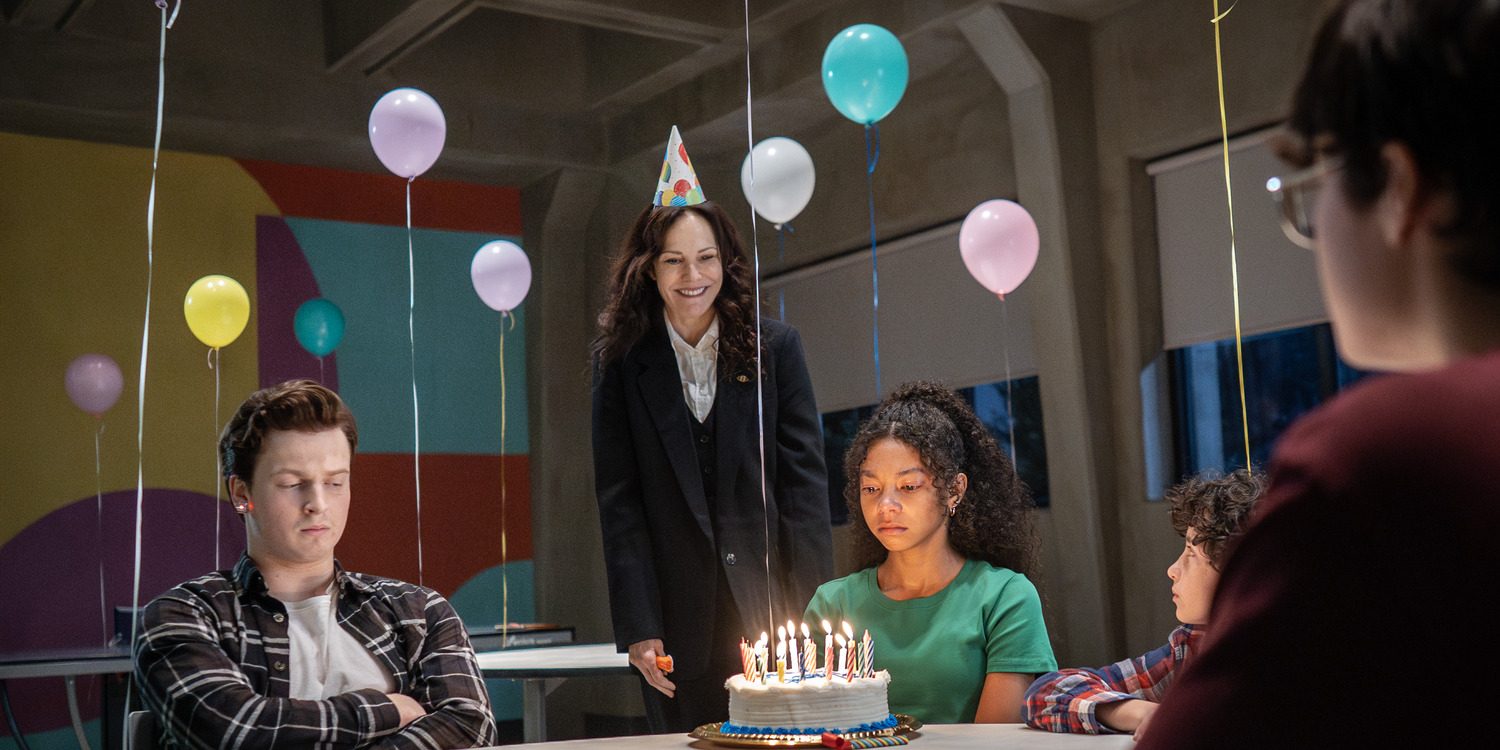
The theme of unity and friendship captures the spirit of the survivors of the Parkland shooting in profound ways. Ben Cavell, co-creator of the show, shared Bender’s sentiment, emphasizing that the core appeal of the narrative lies in the children’s self-reliance. He was inspired by the kids who save themselves, and don’t depend on an adult or a hero to do it. Similar to the victims of many school shootings, the kids in the show also protect themselves, without depending on the government.
Cavell also identified a broader societal message within this narrative, and stated, “Every politician in the States, every political party, is talking always about the kids, and how they’re doing this for the kids, and they’re protecting the kids. Except nobody ever really seems to consult the kids about what they want or what they need. And this felt like a real answer to that.” Thus, the inspiration provided by children in real life has a profound impact on the show, connecting it to reality.
The Truth Behind Secret Experiments Finds Resonance in the Show
At the core of ‘The Institute’ are the harrowing experiments that are conducted on children with telepathic and telekinetic powers. The attempt to weaponize the bodies of children isn’t a phenomenon that’s devoid of reality. There have been shocking real-life experiments that reflect the suffering of the kids in the show. Project MKUltra was a covert mind-control and chemical interrogation research initiative orchestrated by the CIA. Its objective was to devise methods and pinpoint substances applicable during interrogations, aiming to make individuals vulnerable and extort confessions through brainwashing and psychological torment.
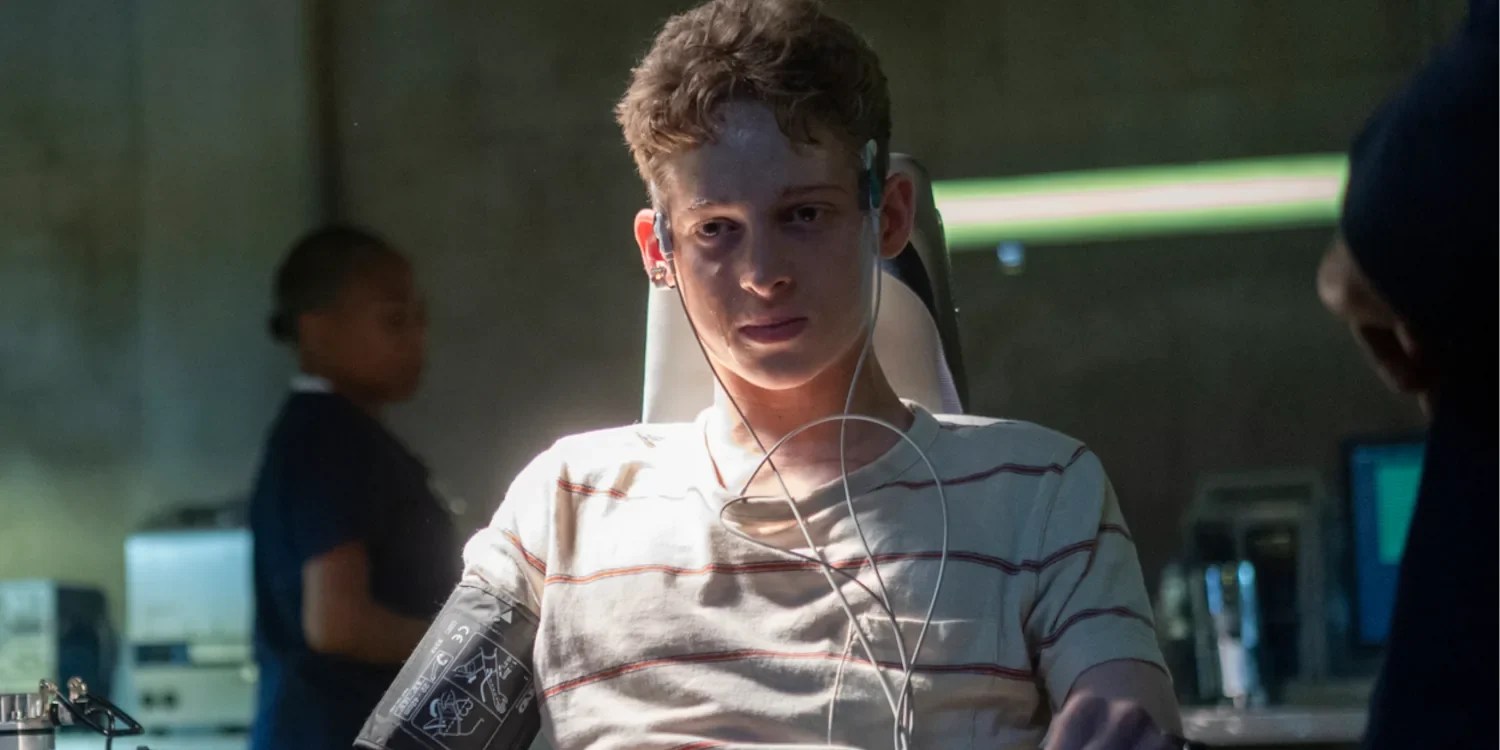
Project MKUltra and the Montauk Project are also touched upon in Netflix’s ‘Stranger Things.’ Similar to what happens to Eleven in the Netflix production, the kids in ‘The Institute’ undergo experiments that alter the children’s mental states and behaviors. During the Cold War, MKUltra sought to create the ideal truth serum for interrogating suspected Soviet spies. The program also investigated other potential applications of mind control. The show deeply reflects the evil idea of mind control through telepathy and also looks at the idea of using it against perceived threats.
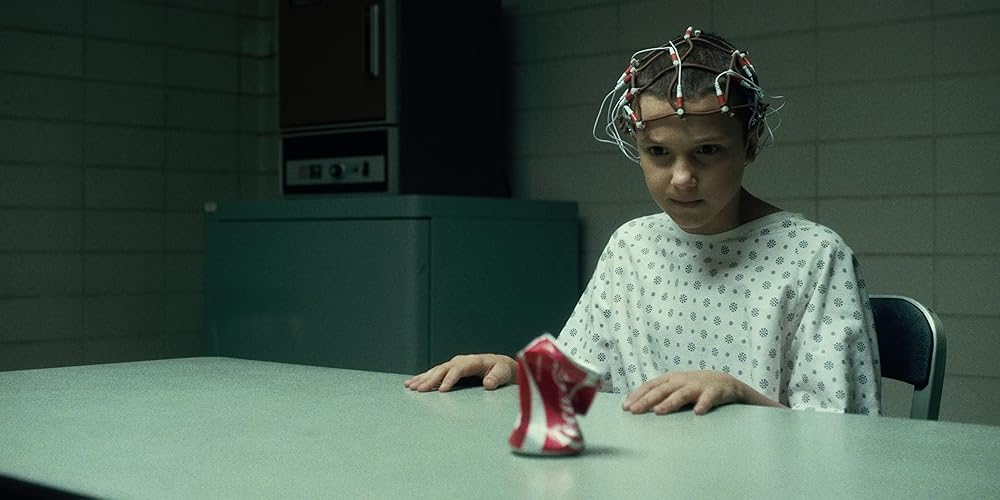
MKUltra manipulated its subjects’ mental states and brain functions through various methods. These included the covert administration of high doses of LSD and other chemicals without consent, as well as non-chemical approaches like electroshocks, hypnosis, sensory deprivation, isolation, verbal and sexual abuse, and other forms of torture. The intense sequences in the show capture this reality of non-consensual intervention and torture in a poignant manner.
The Sociopolitical Messaging of the Show Drives it Closer to Reality
The series depicts unchecked authoritarian institutions as cold, impersonal, and dehumanizing, and also highlights how such systems operate without empathy or oversight, as Ms. Sigsby, the head of the secret organization, and her people justify cruel experiments by claiming they serve the greater good. Luke and the other children are subjected to torment, but ultimately find unity in their resistance, which leads to their rebellion. The resistance from the kids is not born from external forces or ideologues seeking to serve their own interests, but from their realization of oppression and the will to stand against it. There are deeper elements within the show, like the idea of labeling or categorizing people into groups, and then treating them inhumanely.
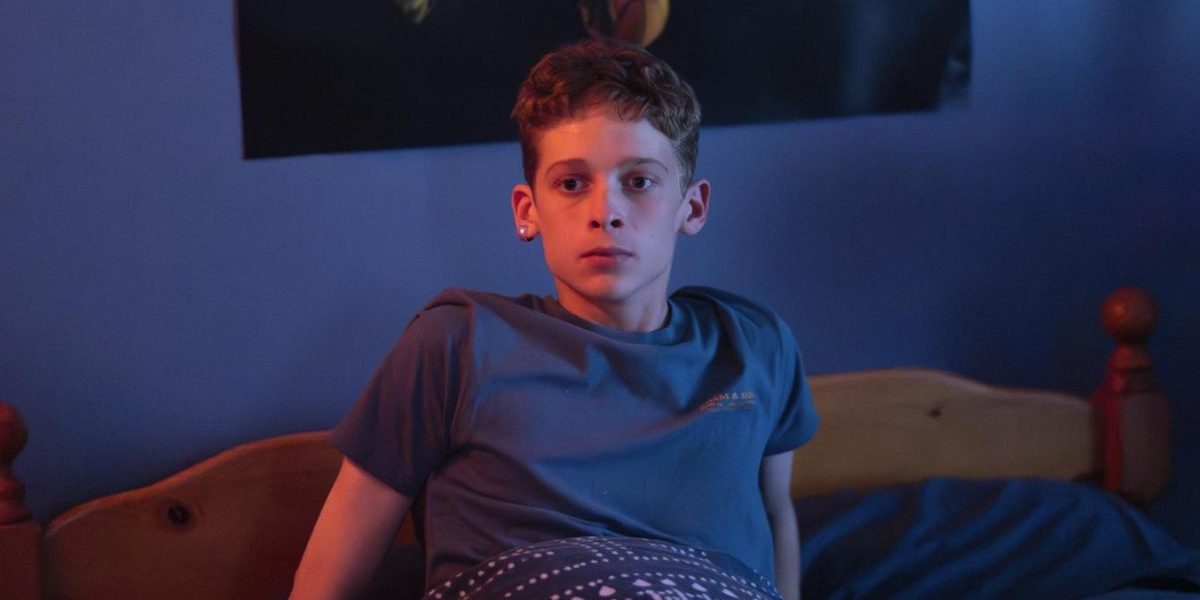
The social reality of the world finds a dark and twisted representation in the show, where the voices of kids are silenced by the hidden agendas or motives of political organizations. The idea of fear-mongering as a weapon is also presented in the show, as the secret institute utilizes the abilities of the kids to eliminate threats that are perceived to be dangerous. In an interview with the New York Times, Stephen King opined that he wrote the novel as a dark reflection of how children were suffering, seeking asylum in the US, and being separated from their loved ones. The revered author wanted his novel (which subsequently inspired the TV show) to show that even those who are perceived to be weak can fight against the odds.
Read More: Is Under a Dark Sun a True Story? Are the Lasserres Based on a Real Family?

